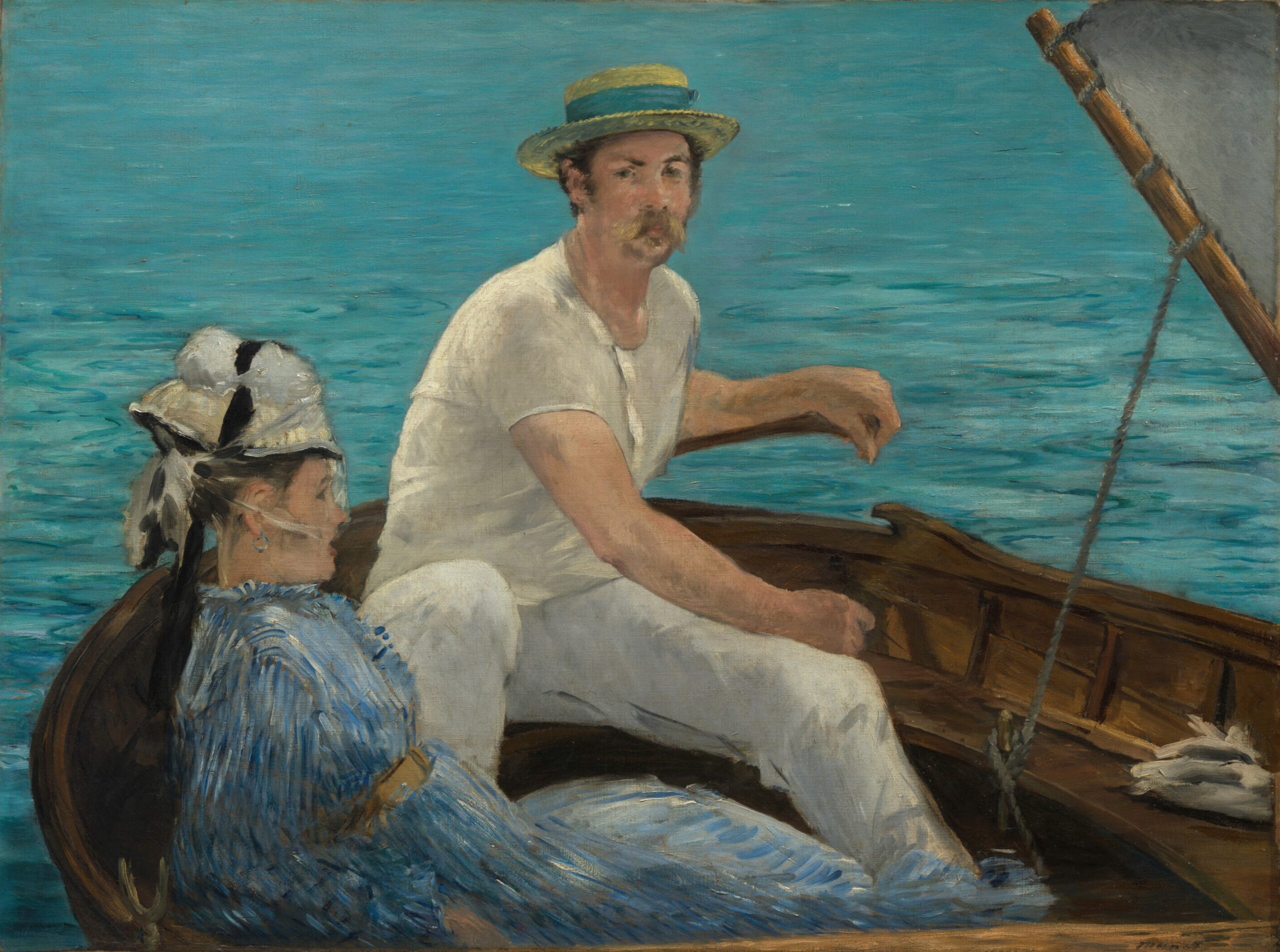The Fine Arts Museums of San Francisco announces Manet & Morisot, the first major museum exhibition dedicated to the artistic exchange between Édouard Manet and Berthe Morisot: the great pioneer of modern painting, and the female founding member of the Impressionist group.
Theirs was the closest relationship between any two artists in the Impressionist circle, and it played a key role in the course of modern art.
Opening at the Legion of Honor on October 11, 2025, and featuring masterpieces lent from public and private collections on both sides of the Atlantic, Manet & Morisot will present new research casting this friendship—and, by extension, the story of Impressionism—in a fresh light.
Living and working in Paris in the late 1800s, Manet and Morisot were friends, colleagues, and, after her marriage to his brother in 1874, family.
The story of their relationship unfolds over roughly fifteen years (1868–1883), but has most often been told through the portraits Manet painted of Morisot between 1868 and 1874, with Morisot cast as a muse and model, rather than as an esteemed peer. More recent scholarship confirms that, although Morisot looked to Manet for inspiration and approval during her early career, by the mid-1870s Manet began to follow Morisot’s example, emulating her choice of subjects, colors, and her fluttering brushstrokes.
Through carefully selected pairs and groups of paintings by the two artists, the exhibition will trace the evolution of the two artists’ friendship and mutual influence.
The exhibition is organized by Emily A. Beeny, Chief Curator of the Legion of Honor and Barbara A. Wolfe Curator in Charge of European Paintings, an internationally recognized specialist on the art of Édouard Manet.
It will start at the beginning of Manet and Morisot’s friendship, with paintings of Morisot by Manet, including the 1868-1869 masterpiece The Balcony. The relationship underwent a noticeable shift in the early 1870s, when Morisot’s skill as a plein-air painter won her a place at the heart of the Impressionist group, which mounted its first independent exhibition in 1874. The next section of the show will address this shift through a series of motifs and compositions that the two artists handed back and forth to each other over the course of the 1870s.

